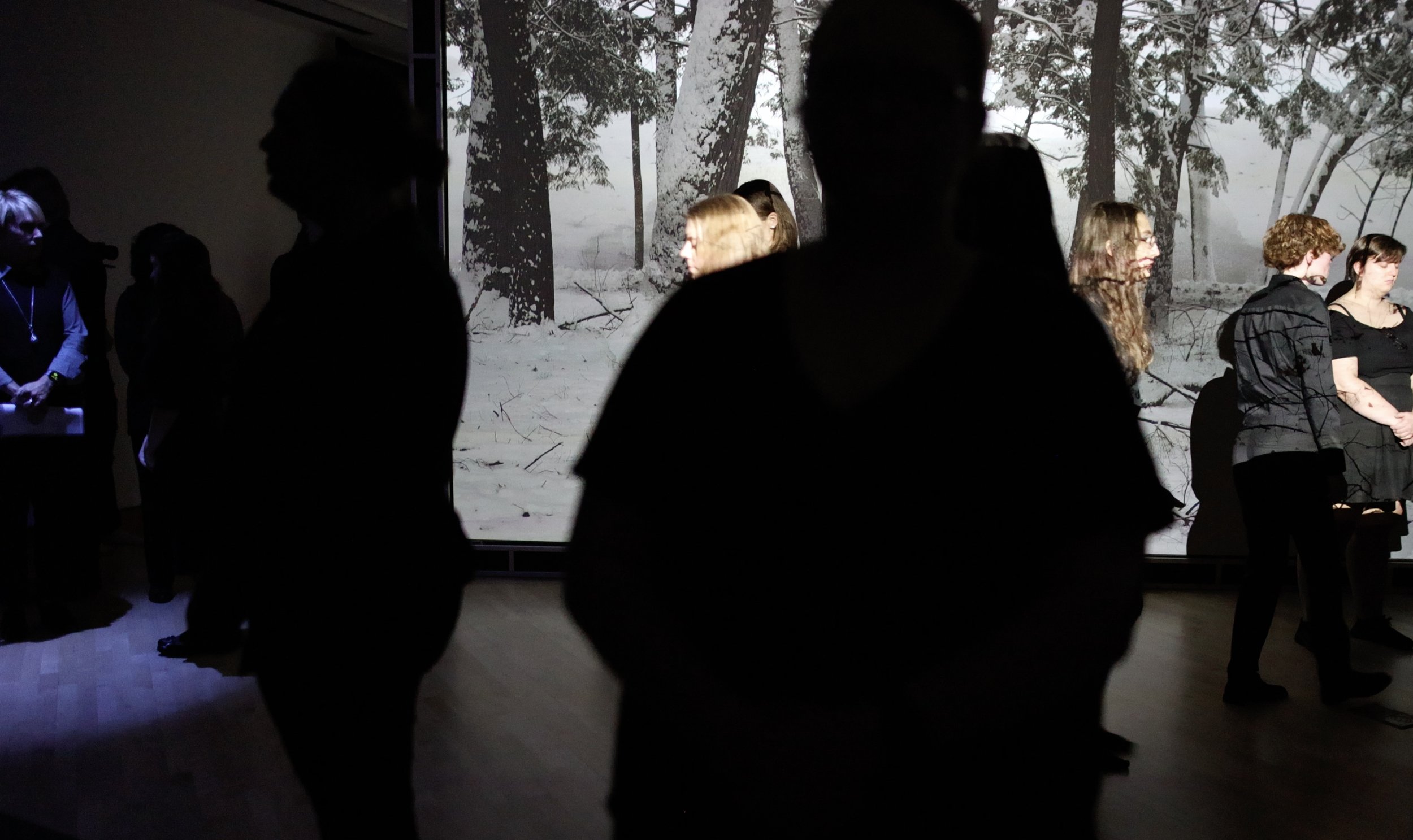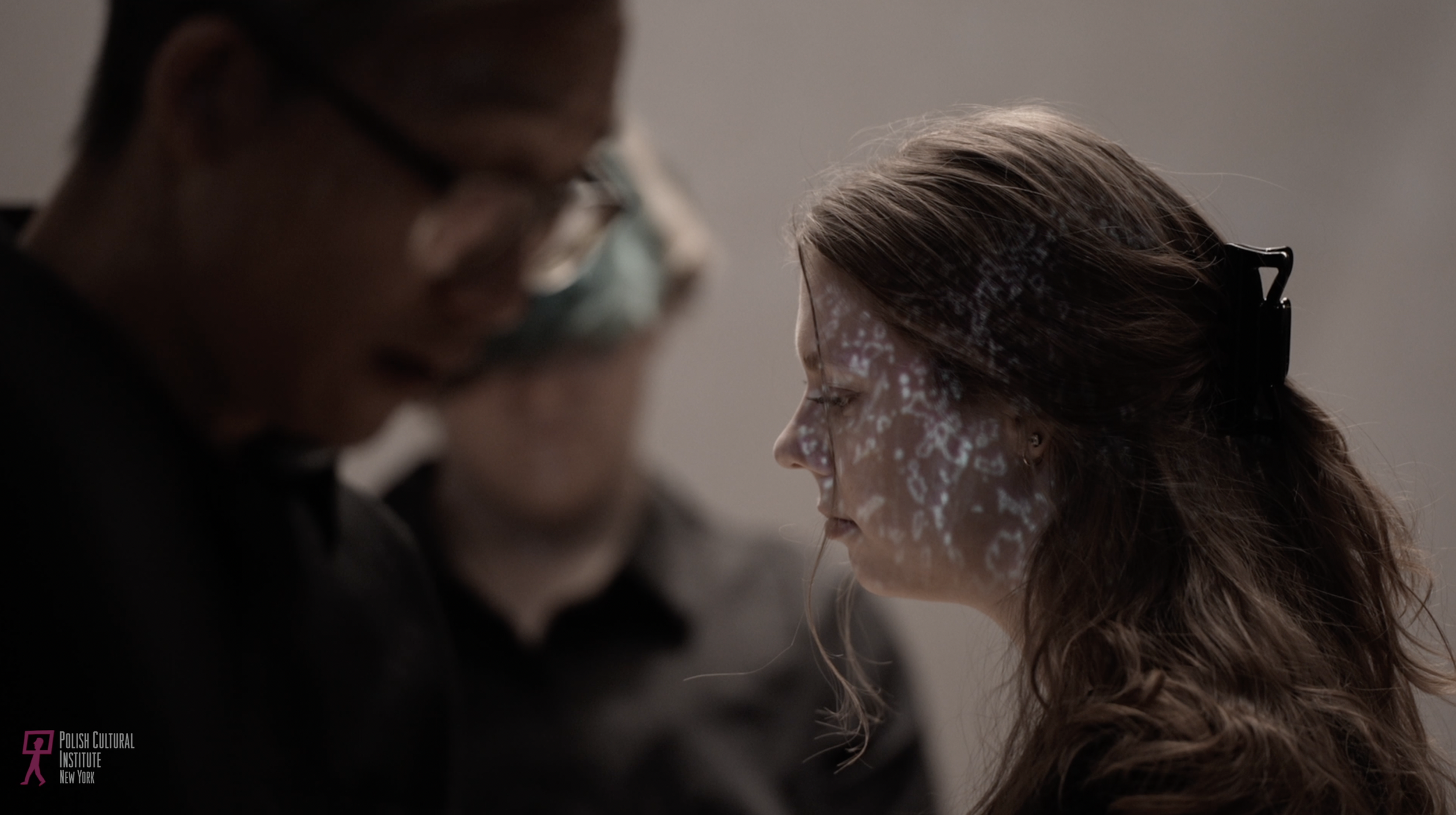Izabela Gola
Monika Weiss’ Lament as an Act of Protest
by Izabela Gola
Published by Polish Cultural Institute New York, February 2023
“The ritual of lament is historically assigned to and identified with the body of a woman, as if they, who have given life, also watch over the end of life and span the mysterious frontier between the two” (Griselda Pollock, The Fidelity of Memory in An Endless Lament, Nirbhaya, New Delhi, 2012 and Now, in Monika Weiss-Nirbhaya, Centre for Polish Sculpture in Orońsko, 2021, pp. 12 - 50).
It has been 1 year since Russia invaded Ukraine on February 24, 2022, taking thousands of lives on both sides, and causing Europe’s largest refugee crisis since World War II, with an estimated 7.7 million of displaced Ukrainian bodies from their homes fleeing the country, most of them being the bodies of young women and children as war analysis reports.
Margaret Alexiou, a scholar of lament, in her book, Ritual Lament in Greek Tradition (1974), points at the fact that lament was forbidden in ancient Athens, especially the organized lament of women who protested war, rape and violence. Monika Weiss in her recent artist statement writes that lament was recognized as something polluting the public sphere, as by default controlled by men of authority (patriarchal) space with the “filth of despair.”
In fact, this act of outpouring of enacted grief is not a passive symptom, but an articulated by community and organized act of protest and resistance, which when carried out in a public space becomes an empowered, emancipatory, political act in solidarity against the archaic idea of war. This act of resistance against imperial patriarchy was perversely silenced in ancient Greece as it is still the case today.
The circular narrative structure of Weiss’ installation presented at To Freedom[1] is a sequence of works created at different times of the artist’s 25-year carrier, focusing on works from 2017 to most recent, a time-based sonic, cinematic, and performed live triptych that invites the viewers to transition from the intimate personal experience of traumatic shock in reaction to violence of war into the collective body.
The power of Weiss’ artistic message channels ancient performative vocal tradition of lament—as well as her live-long relationship to, and practice of, music (the artist was first educated as a pianist and classical musician)—transforms the viewer’s experience of time and space into a new sonic and visual landscape. With the participating vocalists and movement performers contribution to the act, like in Weiss’ Orgé, 2022, the piece becomes a collective body. Through this intersection of the personal and the public in Orgé, a forest of performative bodies in Furlong Gallery [2] created a spiritual body in an articulated, humanistic act of protest against war and violence.
The transition takes place through the act of deep listening, a concept inspired by a connection between music and meditation in a work of a composer who is Weiss’ major influence, Pauline Oliveros. Deep listening requires inner silence and concentration, similar to meditation, when the consciousness and awareness is centered into inward presence. For this reason, there is a specific sonic stillness between acts, to which audience members as well as performers should pay special attention to, an interim space of dense sonic textures that focus listening attention inward and transform the participants from intimate individual bodily experience to an articulated collective conscious presence, a collective body.
Monika Weiss’ Orgé is conceived as site-specific vocal music and as choreography of stillness. Every time it will be performed it will transform, depending on the physical surroundings and the number of participating vocalists. Orgé is an ancient Greek word which means “wrath.” It comes from the verb oragō meaning, “to teem, to swell” and implies not a sudden outburst, but rather a “permanent, established, and passionate feeling, solidifying what the beholder considers wrong”. [3]
It is important to note that Russian oppressor attempts to claim not only the land, and its citizens but also Ukrainian culture by not only promoting a distorted view of modern Ukraine and its history, but also destruction of the Ukrainian cultural heritage centers, museums, and institutions, as it was documented across the nation. In resistance to those neo-imperial and neo-colonial urges to claim Ukrainian cultural identity, it is of essential importance to embrace Ukrainian cultural heritage, emphasize its independence, and express solidarity through the means and power of culture, and this is what Monika Weiss offers in her installation, a circular narrative of three revolutionary acts.
Following the artist’s reflections, “a revolutionary act embraces emancipation as a potential vision of the future, in which all the mourners become part of a heroic memory, carved in stone, engraved in lament, a memory that history cannot erase just as the lost and raped lives of the people of Ukraine will never surrender to erasure from public memory.” [4]
In European tradition of figurative art, Christian iconography anchors the body image in the body of Christ, tormented, wounded, decaying, evoking death and sacrifice like in a painting by Hans Holbein’s The Body of the Dead Christ in the Tomb, 1520-1522, in which the viewer confronts dead Son of God after he has suffered humiliation and fate of an ordinary human. Weiss transforms this visual tradition and preserves its pathos and spiritual transition from life to death without the didactic theological layer, opening the act of mourning as a form of presence - an existential state between life and death – to a more universal language, providing a point of entry into the collective experience.
Monika Weiss creates a new ritual as a unique artistic form of performance, transgressing the formal and spiritual qualities of traditional lament—in both the archaic rituals of lamentation and the form of lament in music history—inviting to spiritual transformation that is not theological but accessible to all participants, regardless of their religious and spiritual identity. This method creates a democratic act of solidarity, a psychological space where participation of the viewer’s body intersects with the bodies transgressed by war and famine and resulting loss and displacement.
Weiss’ performative work mobilizes solidarity through sound and movement that create interconnectedness between the displaced tormented bodies traumatized by war, institutionalized violence, and all violent acts, and the participants (performers and audience members) bodies, through the primordial depth of individual grief mediated and empowered through lament. That point of intersection is the core of resistance and a collective voice of protest.
Izabela Gola, Visual Arts Curator at the Polish Cultural Institute New York, 2023
Notes:
[1] Polish Cultural Institute New York in collaboration with the University of Wisconsin-Stout was proud to present Monika Weiss’ triptych of works assembled for To Freedom, comprising of Koiman II: Years Without Summers (a selection from 24 Nocturnes), 2017- 2023; a new sound piece Thinking of History, 2022, commissioned by media scholar and author Ming-Yuen S. Ma and based on a sentence which the artist chose from his book There is no soundtrack: Rethinking art, media, and the audio-visual contract (in which the artist is included); and a new music and choreography piece Orgé, 2022, a live performance with participation of the UW-Stout Symphonic Singers, selected faculty and students, with its world premiere at the To Freedom opening reception at Furlong Gallery in Menomonie, WI on November 7, 2022.
[2] Monika Weiss’ work in the exhibition was curated jointly by Izabela Gola, Visual Arts Curator, Polish Cultural Institute New York, and Robert Atwell, Furlong Gallery Director. Monika Weiss’ project has received financial support from the Polish Cultural Institute New York and University of Wisconsin-Stout. Additional support was provided by Sam Fox School of Design & Visual Arts, Washington University in St. Louis. To Freedom was initiated by Dr. Jerry Hui Chiwei at University of Wisconsin-Stout in response to ongoing war in Ukraine and was organized in close collaboration with the Polish Cultural Institute New York, the Estonian Consulate General in New York, and the Ukrainian Institute of America.
[3] Monika Weiss, in an email correspondence with the author, 2022.
[4] Ibid.
Izabela Gola
Izabela Gola is the Visual Arts and Design Curator at the Polish Cultural Institute New York as well as an artist specializing in multidisciplinary art environments.


